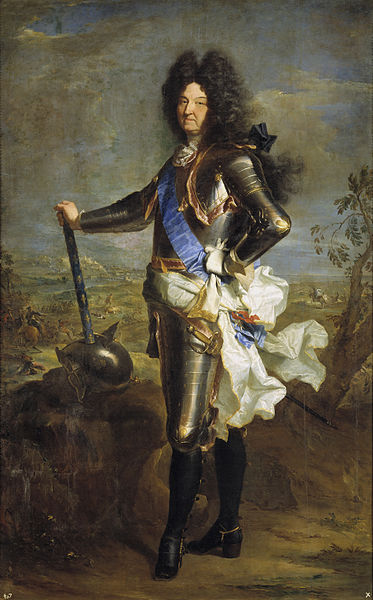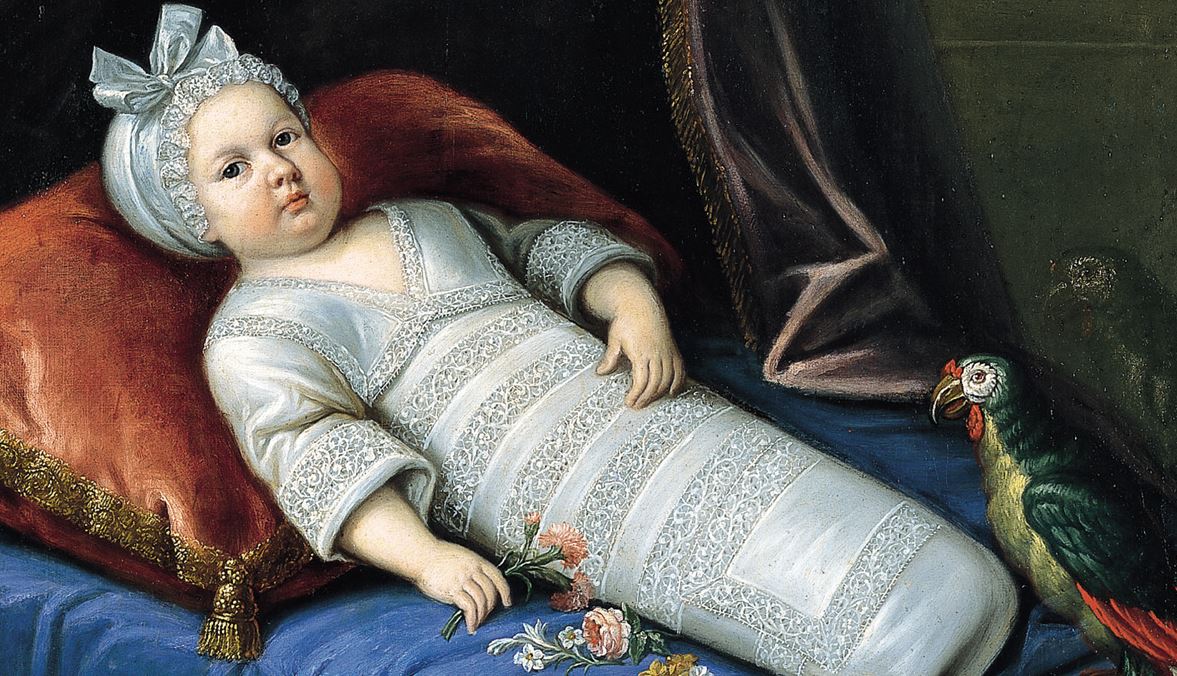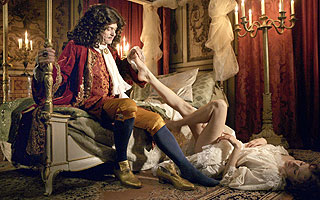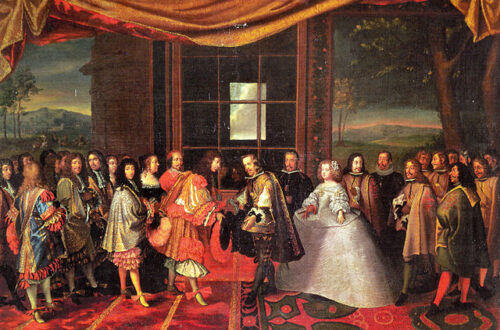The Royal Fistula
Louis XIV was, as everyone else, plagued by the occasional illness. He had the smallpox as child and nearly died, he had a form of typhoid fever and nearly died, he had measles, fevers, colds, gout, bad toothaches…..
 The fact that Louis did recover from some of these more dramatic maladies is quite the miracle, considering the medical and hygienic standards of the time. From headaches to smallpox, doctors believed that the best cure for basically everything was blood-letting and clysters. Today we know that those things weaken the already weakened body even more, but back then doctors believed that whenever someone got ill, their humours were in dis-balance. Fever, for example, was associated with heat, heat with blood, thus for them it seemed like the suffering person had a dis-balance concerning their blood, mostly too much, and ordered a bloodletting.
The fact that Louis did recover from some of these more dramatic maladies is quite the miracle, considering the medical and hygienic standards of the time. From headaches to smallpox, doctors believed that the best cure for basically everything was blood-letting and clysters. Today we know that those things weaken the already weakened body even more, but back then doctors believed that whenever someone got ill, their humours were in dis-balance. Fever, for example, was associated with heat, heat with blood, thus for them it seemed like the suffering person had a dis-balance concerning their blood, mostly too much, and ordered a bloodletting.
The perhaps most famous malady that plagued the great Sun King, was that of 1686 and of a delicate nature. In early January of 1686, the King, then aged forty-seven, started to complain of a light pain in the rear area.
This pain grew worse and a swelling followed it. After closer inspection of the royal rear end, the physicians in charge discovered a fistula in the ‘foundation’. Ointments and compressions were prescribed, in hopes the bump on the bum may shrink, but it did not. The swelling became more of a swelling and the pain hard to ignore. Enemas, plenty of them, were the next step, in vain again.
These kind of fistulas were thought to be caused by horse-riding, the feathers in the seats of carriages, or ‘loose morals’, meaning homosexuality. Louis was soon in a lot of pain, while performing his daily duties. He could not sit, he could not stand, he could not walk for too long, yet endured the pain stoically as always. Most courtiers had no idea their King actually suffered and for a while it was one of the best hidden secrets in the Kingdom.
A man named Charles-François Tassy was consulted. He was a barber-surgeon from Avignon and it was decided that he should be the one to cut the fistula and bring the King relief. Physicians did not perform operations themselves, because the Church forbade doctors to cut into a living body, it was the job of barber-surgeons. They removed teeth, performed blood-lettings and small operations.
It was by no means an operation that was easily done. It was something that could mean the death of the King, either because it was performed badly or because of the possibility of infection. Monsieur Félix was under quite the pressure.

He asked for a ‘training period’ of six month, in which the constructed two instruments and tested them. One being a retractor and the other a ‘royally curved’ scalpel, which looks a bit like a scythe. Monsieur Félix, with official allowance, tested those on three to four guinea pigs per week and 75 men from prisons or the countryside, everything of course without any form of anaesthetics. Some of the men even survived.
On November 18, 1686, at 7 in the morning, Félix’s great hour had come. He was somewhat sure the King would survive the operation and had perfected his self-created instruments. Louis XIV trusted his royal derriere and life into the hands of Monsieur Félix. Present were Madame de Maintenon, the Dauphin, the King’s confessor François d’Aix, Minister of State François-Michel Le Tellier, and physician Henry Louis Daquin. After the King declared “My God, I place myself in your hands.” the operation was performed, the retractor inserted, and the scalpel… well, you can imagine what a messy (bloody) job that was. All of it was performed without anaesthetics and the King endured the painful procedure with his usual stoical expression. He did not even make a sound.

The operation was a success. One month later, the King was sitting up in bed again and three months later, back in the saddle. The court, that was left in darkness until then, was ecstatic with joy and having a fistula became, odd as it sounds, à la mode.
Suddenly everyone had one, whether they actually had one or not, they were fashionable, even celebrated. Some courtiers even walked around with bandaged behinds to honour the King’s fistula and what became known as ‘la grande opération’.
What about Monsieur Félix? He was the new star of the court. It is hard to imagine how he must have felt in that room, with the life of the King in his hands. All the pressure, the horror of doing something wrong, cutting too deep, a slipping scalpel, one wrong move and he and the King would be dead men. Félix was rewarded with money and gifts, he was given lands and bought himself a title, but perhaps even more important he made surgery a thing. Until then surgeons were not held in high regards, most of them were mere barbers, and the great physicians looked down at them.
Monsieur Félix changed that for all of his colleges. He himself became the surgeon of the Sun King and was frequently asked by courtiers to perform the operation on them. He did not, but taught others how to do it. The instruments Félix used can today be seen at the Musée d’Histoire de la Médecine in Paris.




